Which AWS EC2 Instance Selection is Ideal for Your Workload? A Comprehensive Guide
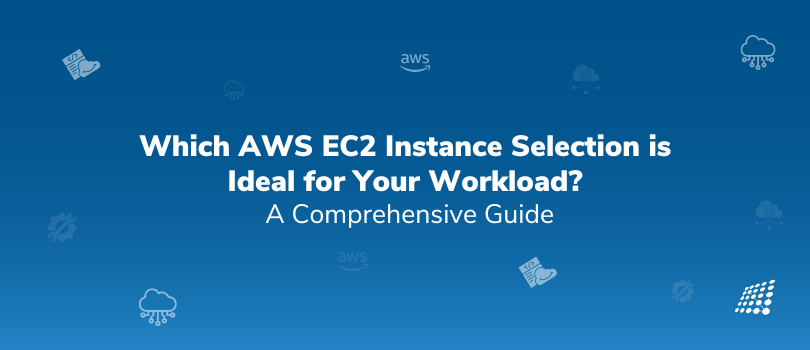
Choosing the right EC2 instance can be a daunting task. With AWS offering a vast array of options, it's essential to select the one that perfectly aligns with your workload's requirements. This comprehensive guide will break down the complexities, helping you understand the different EC2 instance types, their strengths, and when to use them. Let's find the ideal EC2 match for your application and optimize your AWS estimate costs.
Ready to make an informed decision? Let’s dive into a comprehensive guide on AWS EC2 Instances and which AWS EC2 instance selection is ideal for your workload.
What is AWS EC2?
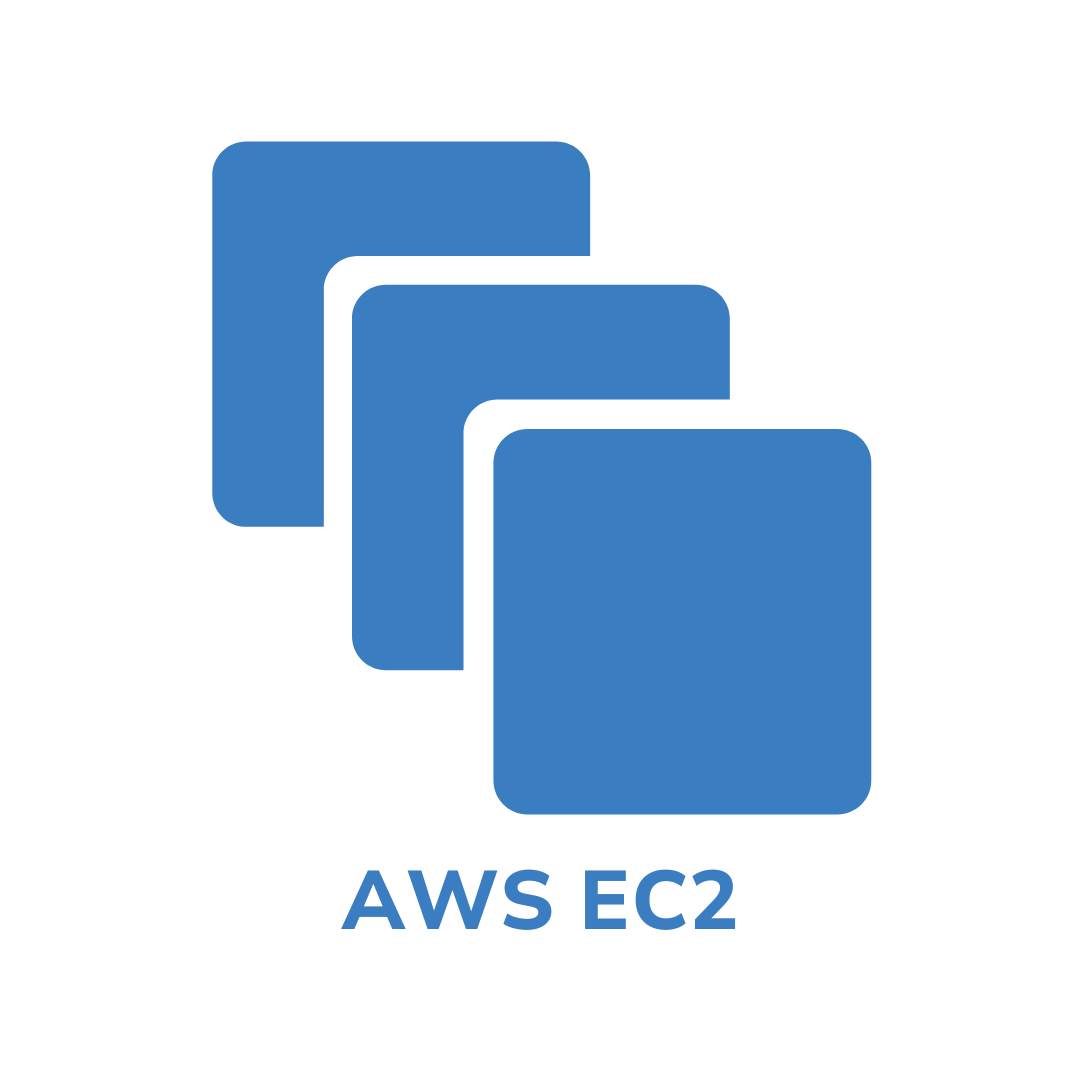
Amazon Web Services (AWS) offers Elastic Compute Cloud (EC2), providing low-cost, reliable, and scalable virtual machines running on AWS hardware. This comprehensive guide will help you understand the different types of EC2 instances, their use cases, pricing, and how to choose the right instance for your application.
Choosing the right EC2 instance is crucial for optimal performance and cost-efficiency. With countless options available, it can be overwhelming to determine the best fit for your specific workload. This comprehensive guide will help you navigate the EC2 landscape by exploring top instance types, their strengths, and when to use them. Let's find the perfect EC2 match for your business.
EC2 Instance Types
There are a variety of EC2 instance types in AWS.
1. General Purpose Instances (GPI)
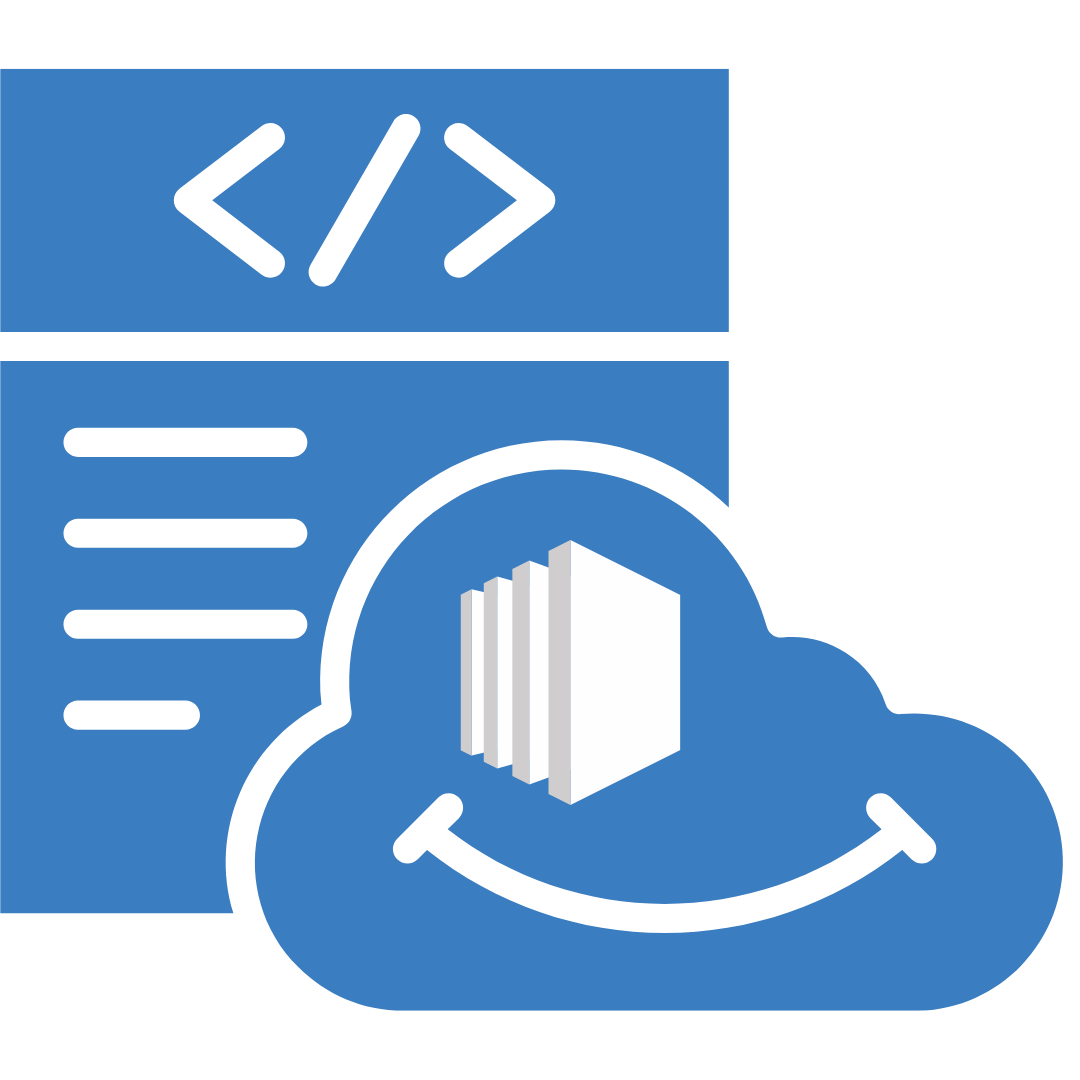
These are versatile and suitable for a wide range of applications, including web servers, mobile and game development environments, and enterprise-level applications. They provide a balance of computing power, memory, and storage.
- A1 Instances: ARM-based, ideal for web servers, containerized microservices, and applications using open-source tools like Java or Python.
- M5 Instances: Feature Intel Xeon Platinum 8175 processors, suitable for small to medium-sized databases, data processing, and applications like SAP or SharePoint.
- T3/T3a Instances: Available as burstable instances, these are cost-effective for long-lasting applications like websites, web applications, scheduling jobs, and code repositories.
- Mac Instances: Allow running on-demand macOS workloads in the cloud, ideal for developing iOS, macOS, and Safari applications.
2. Compute Optimized Instances (GCP)
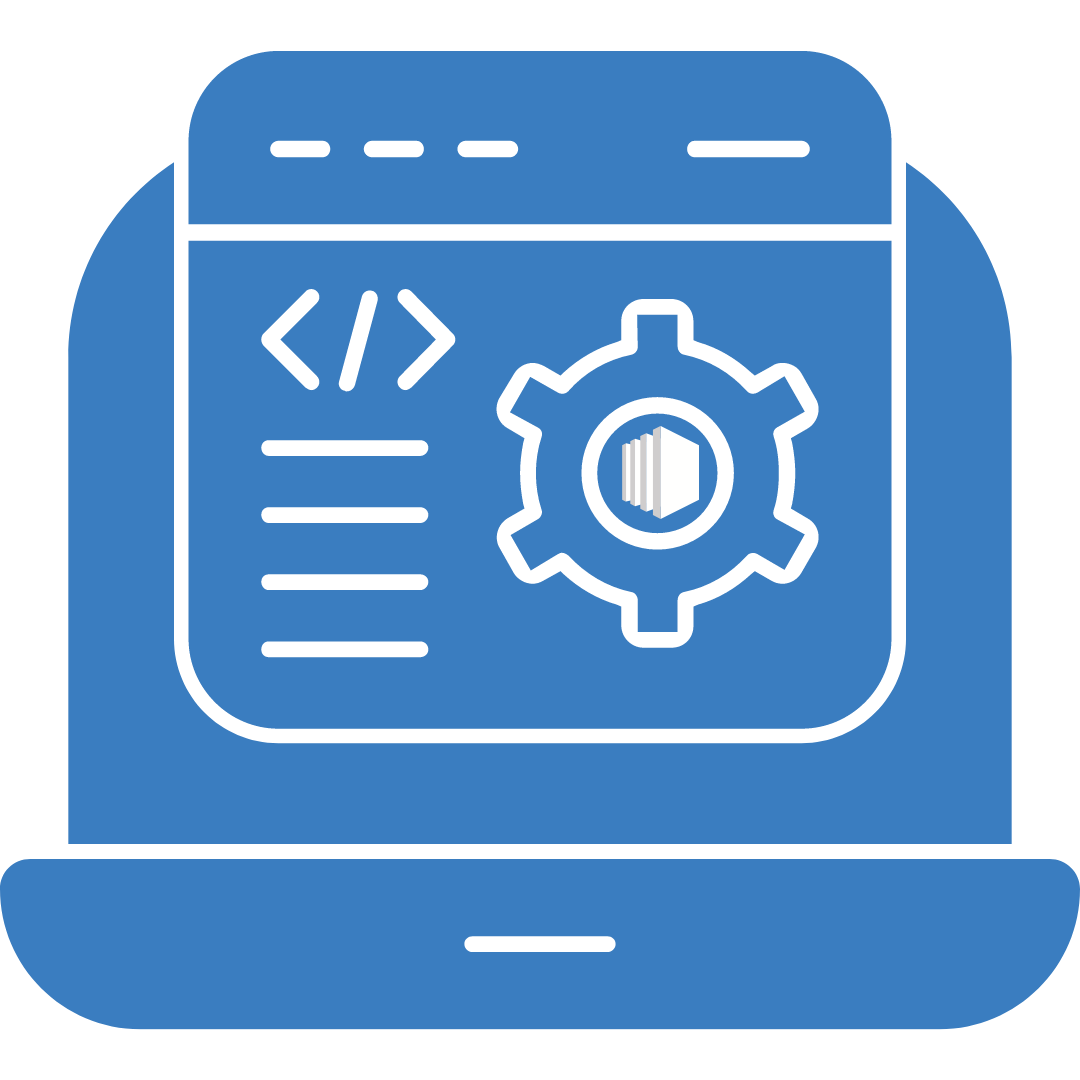
These instances are designed for compute-intensive applications such as image processing, mathematical operations, web servers, lightweight AI-based applications, and scientific modeling.
- C5/C5n Instances: Suitable for online gaming, machine learning, media transcoding, etc.
- C6/C6g Instances: Equipped with AWS Graviton2 processors, ideal for high-performance computing, video encoding, and distributed analytics.
- HPC Instances: Used for running complex simulations and machine learning workloads.
3. Memory Optimized Instances AWS

These are perfect for memory-intensive workloads like Big Data analytics or clusters running on Hadoop or Apache Spark.
- R5/R5a/R5n Instances: Ideal for enterprise databases, big data analytics, and large in-memory cache applications.
- R6g/R6gd Instances: Use AWS Graviton2 processors, suitable for high-memory workloads including relational databases and in-memory caching.
- X1/X1e Instances: Feature Intel Xeon processors, suitable for memory-rich applications like SAP HANA and Apache Spark.
- High Memory Instances: Offer the highest capacity of RAM, ideal for running high in-memory databases like SAP HANA.
4. Accelerated Computing Instances

These instances use hardware accelerators like GPUs and FPGAs to provide higher throughput in compute-intensive applications with more parallel processing.
- P3 Instances: Latest generation of GPU-based instances, equipped with high-frequency Intel Xeon CPUs.
- P2 Instances: General-purpose GPU compute applications, suitable for deep learning and high-performance databases.
- Inf1 Instances: Feature AWS Inferential machine learning chips, ideal for API development using AWS Deep Learning APIs.
- G3/G4 Instances: Designed with NVIDIA GPUs, ideal for graphic rendering and streaming tasks.
- F1 Instances: Feature hardware acceleration using FPGAs, suitable for parallel processing applications.
- Trn1 Instances: Powered by AWS Trainium chips, purpose-built for high-performance deep learning training.
- DL1 Instances: Powered by Gaudi accelerators from Habana Labs, ideal for training deep learning models for object detection and image recognition.
- VT1 Instances: Accelerate real-time video transcoding for live video streams.
5. Storage Optimized Instances
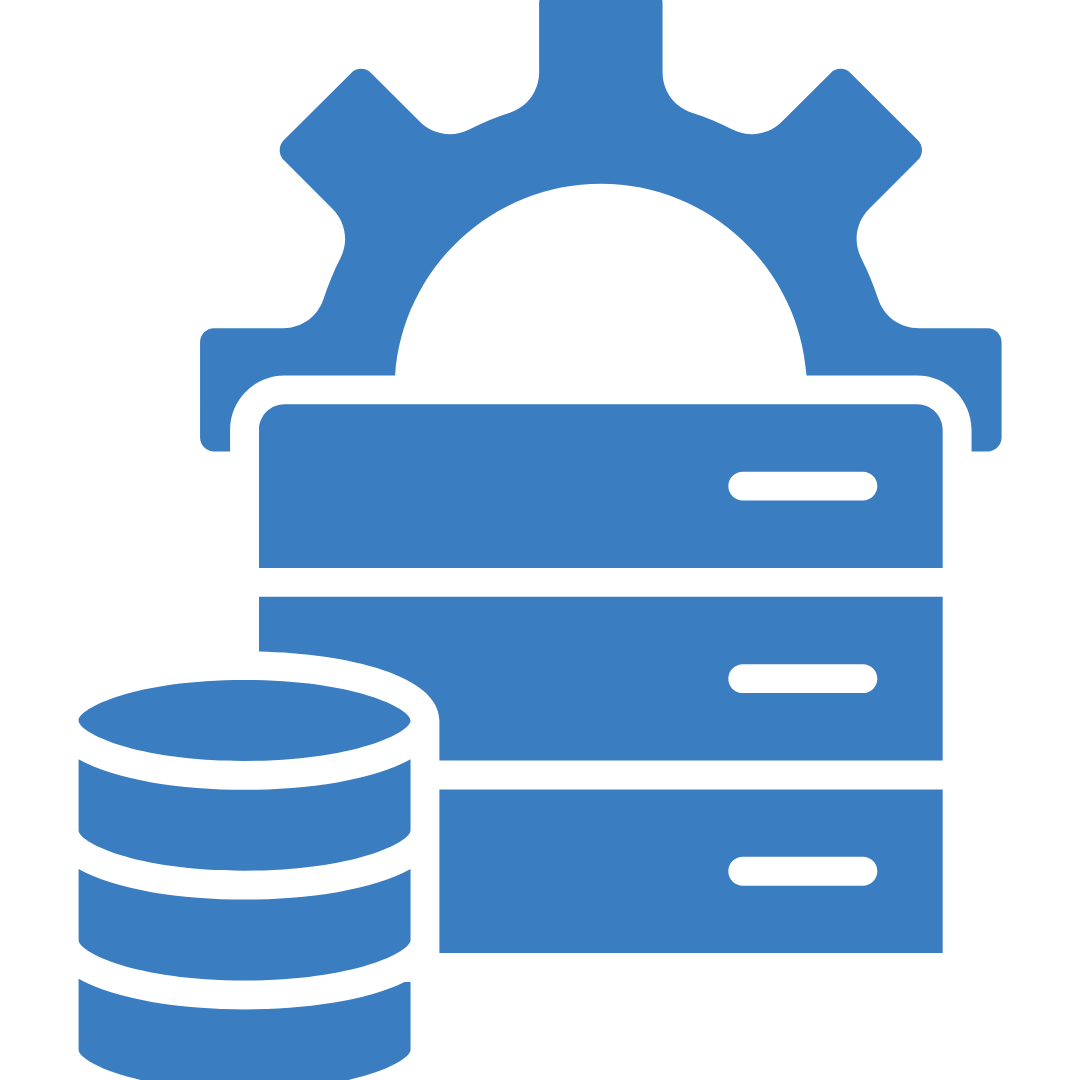
You may wonder, “what is storage optimization related instances?” Storage Optimized Instances are used for applications requiring high storage, particularly with sequential read and write needs, such as log processing.
- D2 Instances: Equipped with high-density storage, suitable for Hadoop clusters, log clusters, and data warehousing.
- H1 Instances: Provide high disk throughput and enhanced networking, suitable for workloads requiring sequential access to large datasets.
- I3/I3en Instances: Feature NVME SSD storage, suitable for high-frequency OLTP systems, RDBMS, and in-memory databases like Redis.
EC2 Instance Pricing AWS

Pricing for EC2 instances varies based on several factors:
- On-demand Instances: No upfront payment or long-term commitment. Users are charged on an hourly/second basis.
- Spot Instances: Offer up to 90% off the on-demand price for spare EC2 computing capacities. Suitable for applications with flexible starting and ending times.
- Reserved Instances: Offer discounts up to 72% compared to on-demand instances if you commit to a 1-year or 3-year term.
Types of Reserved Instances in AWS
- Standard RI: Discounts on EC2 instance usage when committing to a specific instance family.
- Convertible RI: Allows changing instance configuration during the term while receiving a discount.
- Scheduled RI: Reserved for specific days or months with recurring billing.
How to Choose the Right EC2 Instance

Step 1 – Evaluate Your Application Needs
Identify your application's requirements in terms of CPU, memory, storage, and networking.
Step 2 – Select the Instance Family
Based on your application needs, choose the appropriate instance family:
- General Purpose (M): Web servers, databases
- Compute Optimized (C): HPC, gaming
- Memory Optimized (R): Enterprise databases, big data analytics
- Burstable Workloads (T): Small databases, VDIs
Step 3 – Experiment with Instance Sizes
Start with a basic instance in the selected family and experiment with different sizes until you find the optimal performance.
Real-World EC2 Usage Examples
- Gaming Company: Uses C5 instances for online multiplayer games.
- Healthcare Company: Utilizes HPC instances for developing deep learning-based medical applications.
- Social Media Company: Employs R5 instances for big data analytics to develop social media platforms.
- Transport Management System: Hosts high-performance Oracle databases on I3 instances for high IO workloads.
AWS EC2 offers a variety of instance types to meet diverse application needs. By understanding these types and their use cases, you can choose the right instance for your workload, optimizing both performance and cost.
How SJ Innovation Can Assist

At SJ Innovation, we specialize in AWS services, helping you navigate and implement the right EC2 instance types for your specific needs. Whether you need assistance with general purpose, compute-optimized, memory optimized, accelerated computing, or storage optimized instances, our team of experts is here to guide you every step of the way.
Reach us for any assistance on AWS services, memory optimized instances AWS, instantaneous acceleration vs average acceleration, or more so you can decide which AWS EC2 Instance Selection is ideal for your workload.

Why CRM is important


